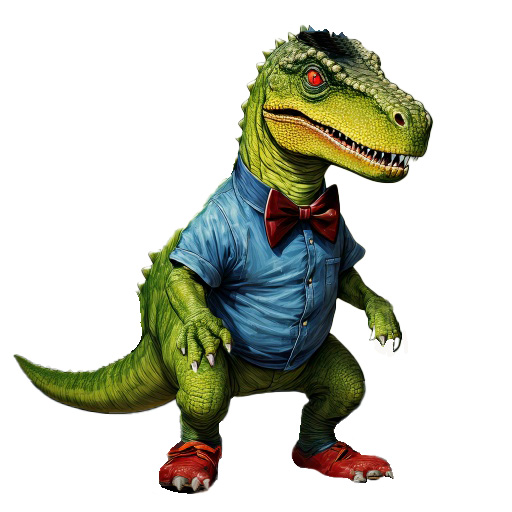Digital Design starts with math.
Most all designs utilize math. For example, video game design and development includes a perimeter as the boundary of the game environment. Building a game level requires defining the boundaries for players and objects. Using math is required to get these boundaries.
What is a “boundary”? The core idea of perimeter as a border is shown by building a simple 2D game, where a character must stay within a playable area (or perimeter). In a game like Super Mario, if the level had no walls, the character would just fall off the screen. The wall is a boundary, and the perimeter is the measurement of that boundary.
The root word peri means “around” and meter means “measure” Perimeter is literally “the measure around” a shape.
Draw the game level on grid paper, where each grid square represents one unit of measurement. The lines drawn on the grid represent the game’s walls, or its perimeter.
So, to calculate the perimeter: Just count the grid squares of each wall segment and add them together to find the total perimeter of a game level.
For example, if a room has walls of 10, 8, 10, and 8 feet, the perimeter is (10+8+10+8=36), so the perimeter is 36 total feet.
Putting a player inside the perimeter includes game logic. For a character to stay inside the game level, the game’s code needs to know the level’s perimeter. Then, to determine the movement constraints, a rule would be defined for the the player’s position, and how it moves when the player moves the mouse (or remote) and finally reaches the x-coordinate of the walls. This idea connects abstract numerical values of a+b+c+d to a tangible, in-game effect.
Another example is designing a “fence-building” game: When designing an enclosure (fence) for a virtual animal using a fixed number of “fence posts, you need to tell the computer how many fence posts fit within the perimeter. To do this, you need to know the perimeter (the total length of the fence). Also, to determine how many animals will fit inside the fence, you need to know the “area” of the fenced space (the space inside of the fence). The area inside the fence is NOT the same as the perimeter and is determined by multiplying the length and width of the inside the fence. Using an example above, you can calculate area with (10 ft. x 8 ft. = 80 square feet).
So, the next time you have a math problem, think about building a game level, and how it applies.








